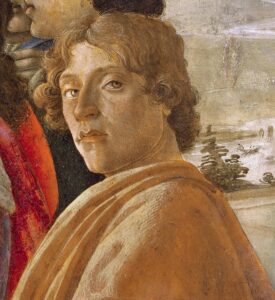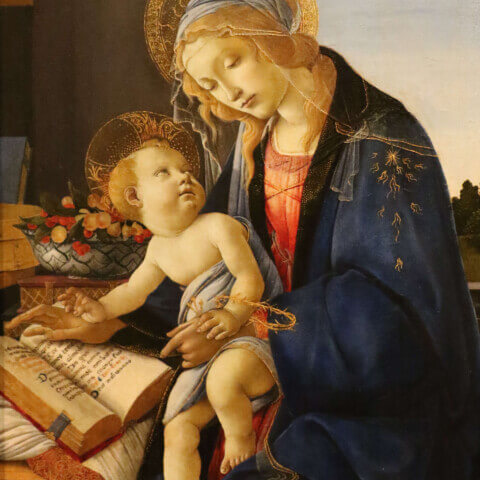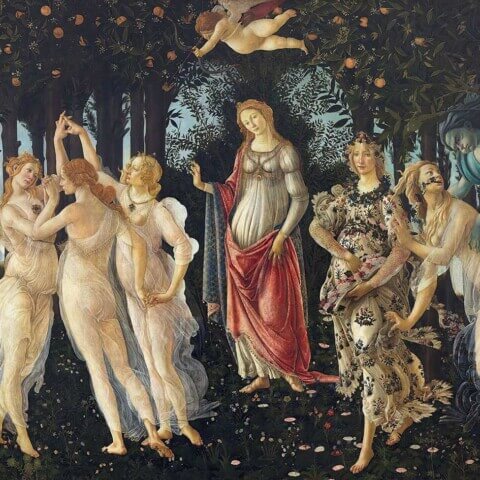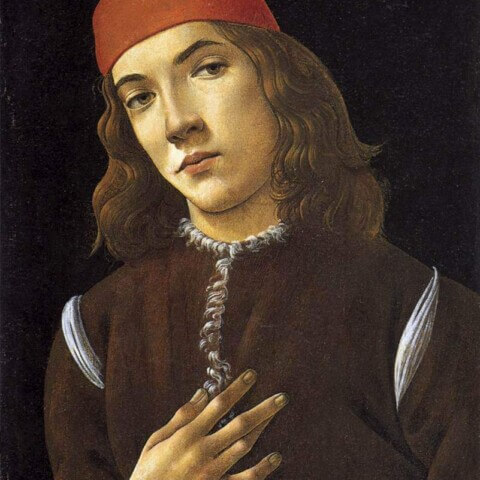Sandro Botticelli

Title: Sandro Botticelli: A Renaissance Painter’s Journey
Introduction:
Sandro Botticelli, born Alessandro di Mariano di Vanni Filipepi, is one of the most celebrated painters of the Italian Renaissance. His artistic legacy, characterized by delicate beauty, harmonious compositions, and mythological themes, continues to captivate audiences worldwide. Born on March 1, 1445, in Florence, Italy, Botticelli’s artistic journey unfolded against a backdrop of cultural, political, and religious transformation. This biography delves into the life, influences, and masterpieces of this renowned painter, shedding light on the profound impact he had on the art world.
Early Life and Apprenticeship:
Sandro Botticelli was born into a middle-class family, where he received his early education and training. His passion for art became evident from an early age, prompting his father to apprentice him to the respected goldsmith and painter, Fra Filippo Lippi. Under Lippi’s tutelage, Botticelli honed his skills in drawing, painting, and composition, and developed a deep appreciation for human anatomy and the use of color.
Florence, the Cradle of the Renaissance:
During the 15th century, Florence blossomed as a center of artistic and intellectual excellence. Botticelli immersed himself in this vibrant cultural milieu, drawing inspiration from the works of fellow artists such as Donatello and Masaccio. He also frequented the Medici court, where he encountered influential thinkers like Marsilio Ficino and Pico della Mirandola, who fostered his interest in classical literature, philosophy, and mythology.
Style and Iconography:
Botticelli’s unique style emerged from a fusion of diverse artistic influences. His works displayed a meticulous attention to detail, ethereal figures, and flowing drapery, infused with a sense of grace and elegance. The artist often incorporated mythological narratives and religious themes in his paintings, intertwining symbolism with his compositions. His most famous works, including “The Birth of Venus” and “Primavera,” exemplify his mastery of allegorical storytelling and his ability to capture the essence of beauty.
Patronage and Commissions:
As Botticelli’s reputation grew, he received numerous prestigious commissions from influential patrons, including the Medici family and the Catholic Church. He collaborated with prominent figures such as Lorenzo de’ Medici and Pope Sixtus IV, creating exquisite frescoes and altarpieces for various Florentine churches and chapels. His ability to combine religious subject matter with secular aesthetics made him a sought-after artist of his time.
The Influence of Savonarola:
In the late 15th century, Florence experienced a profound shift in its political and religious climate with the rise of the Dominican friar Girolamo Savonarola. His fiery sermons denounced secular art, leading to the infamous “Bonfire of the Vanities” in which countless works of art were destroyed. Botticelli, deeply affected by these events, underwent a personal crisis, renouncing his secular subjects and destroying many of his own paintings.
Legacy and Rediscovery:
Despite his self-imposed exile from secular art, Botticelli’s impact on the art world remained indelible. His meticulous technique, lyrical compositions, and poetic imagery inspired generations of artists, most notably the Pre-Raphaelites in the 19th century. After centuries of relative obscurity, Botticelli’s work experienced a revival during the 19th and 20th centuries, capturing the hearts of art enthusiasts and scholars alike. Today, his paintings are celebrated as some of the finest examples of Renaissance art, and his name is synonymous with beauty, grace, and timeless elegance.
Conclusion:
Sandro Botticelli’s artistic genius and innovative




